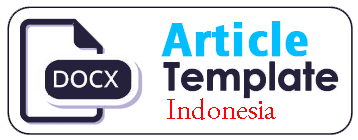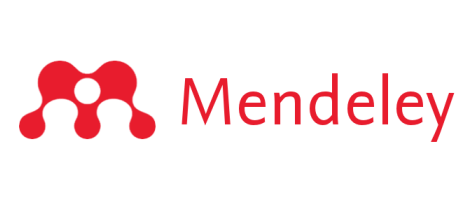Multimedia Collaboration and Structured Worksheets on Synchronous and Asynchronous Distance Training Scientific Publications at Jakarta Religious Education and Training Center
DOI:
https://doi.org/10.54849/monas.v5i2.189Keywords:
Structured WorksheetsAbstract
Scientific Writing is an element of scientific publication that is difficult for teachers to produce to fulfil credit points for promotion. For the Distance Training (PJJ) learning process, which consists of synchronous and asynchronous stages, the teacher must create a strategy using multimedia and structured worksheets. The problem examined in this research is so that training participants understand written work, are motivated and can produce as many products in PJJ Scientific Publications as possible in a short time. The research aims to see the increase in competency of training participants and the products produced as well as the motivation of training participants by collaborating between multimedia and structured worksheets in synchronous and asynchronous PJJ Scientific Publications for MA teachers. The research design is descriptive analysis and the data analyzed are assignment scores, formative test results and questionnaire results in the form of training participant responses regarding the PJJ process with multimedia collaboration and structured worksheets both synchronously and asynchronously. Training course products: Presentations at Scientific Forums, Research Results or Scientific Ideas in the Field of Formal Education, Research Results or Teacher's Manuals were rated very competent. The questionnaire results in the form of training participants' responses regarding the use of structured worksheets and the use of multimedia on average, who answered that they were very efficient, helpful, and satisfying. The impact that participants feel after participating in PJJ is very positive. The use of multimedia and structured worksheets should be maximized in every training, both synchronous and asynchronous, improving the IT competency of students on an ongoing basis and increasing innovative and creative training implementation strategies.
Downloads
Published
Issue
Section
License
Authors who publish in this journal agree to the following terms:
- Authors retain copyright and grant the journal right of first publication with the work simultaneously licensed under a Creative Commons Attribution-NonCommercial-ShareAlike 4.0 International License that allows others to share the work with an acknowledgement of the work's authorship and initial publication in this journal.
- The journal allows the authors to hold the copyright without restrictions and to retain publishing rights without restrictions.
- Authors can enter into separate, additional contractual arrangements for the non-exclusive distribution of the journal's published version of the work (e.g., post it to an institutional repository or publish it in a book), with an acknowledgement of its initial publication in this journal.







